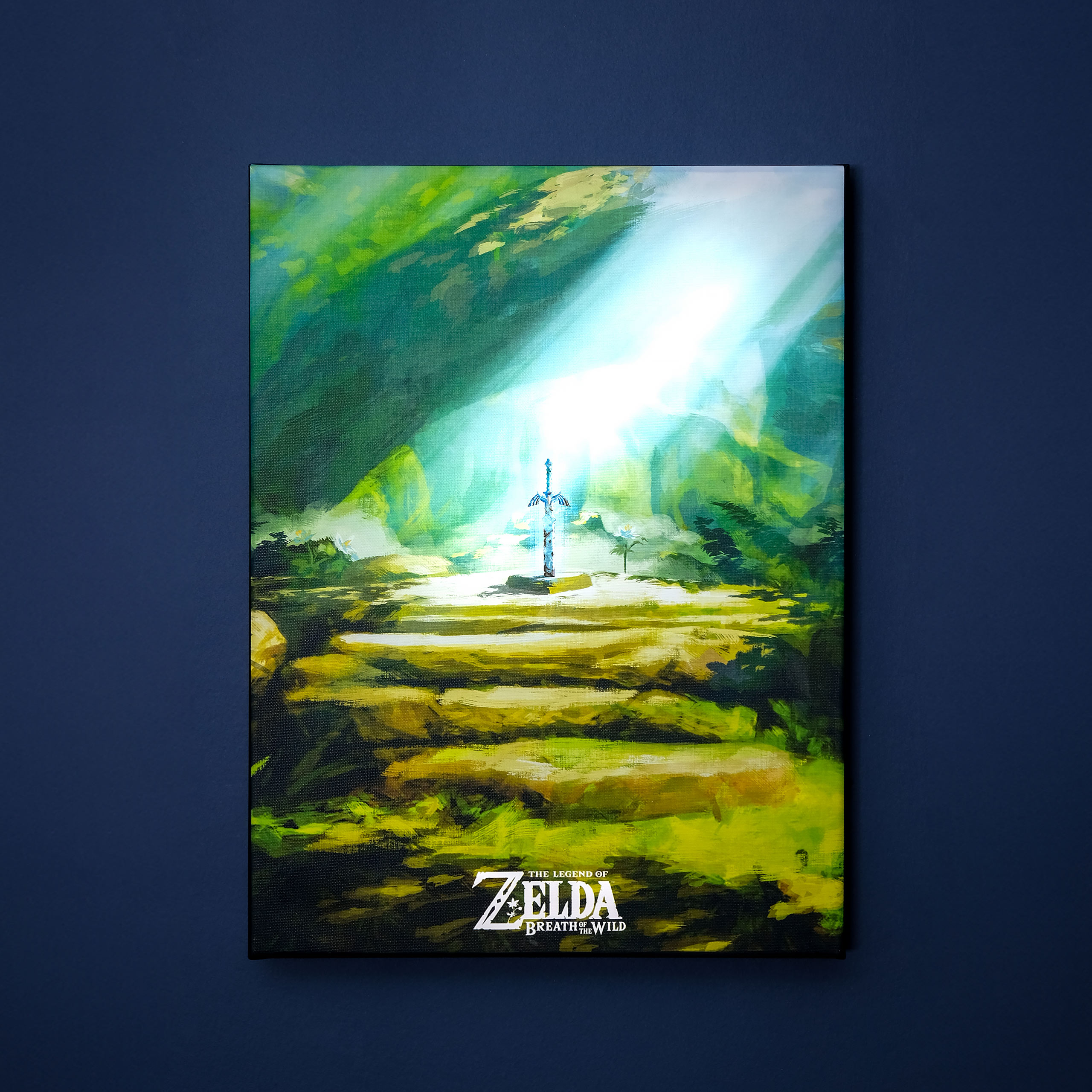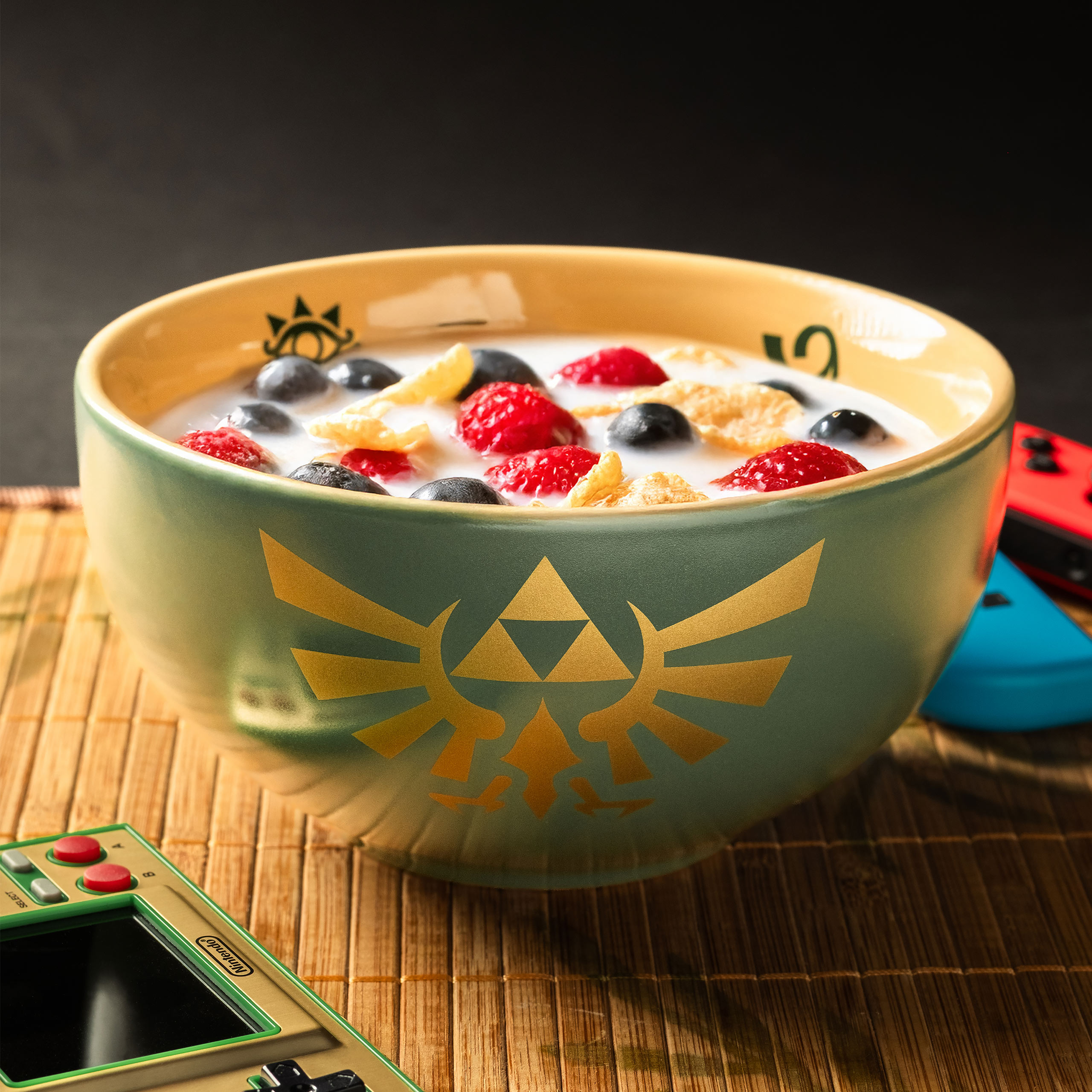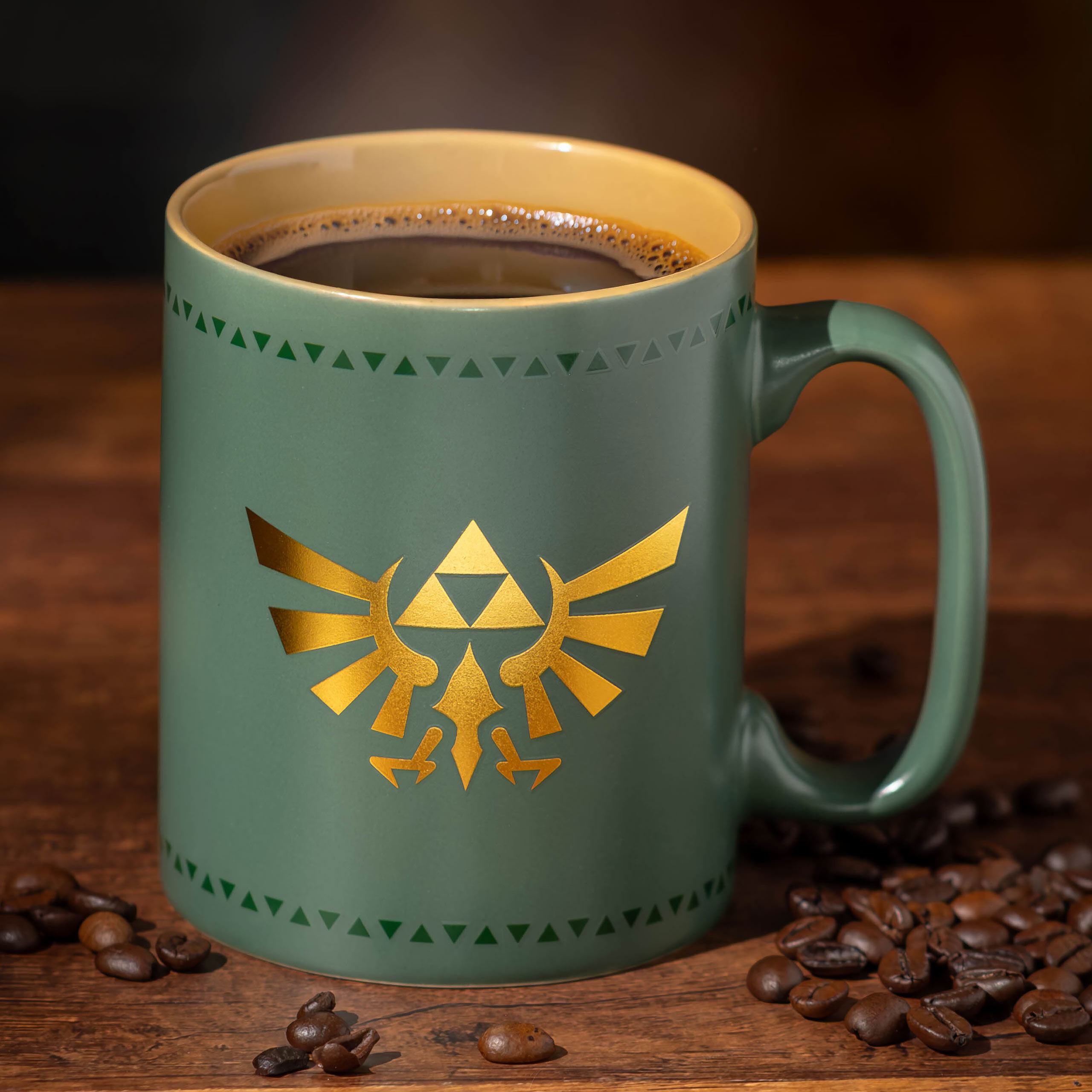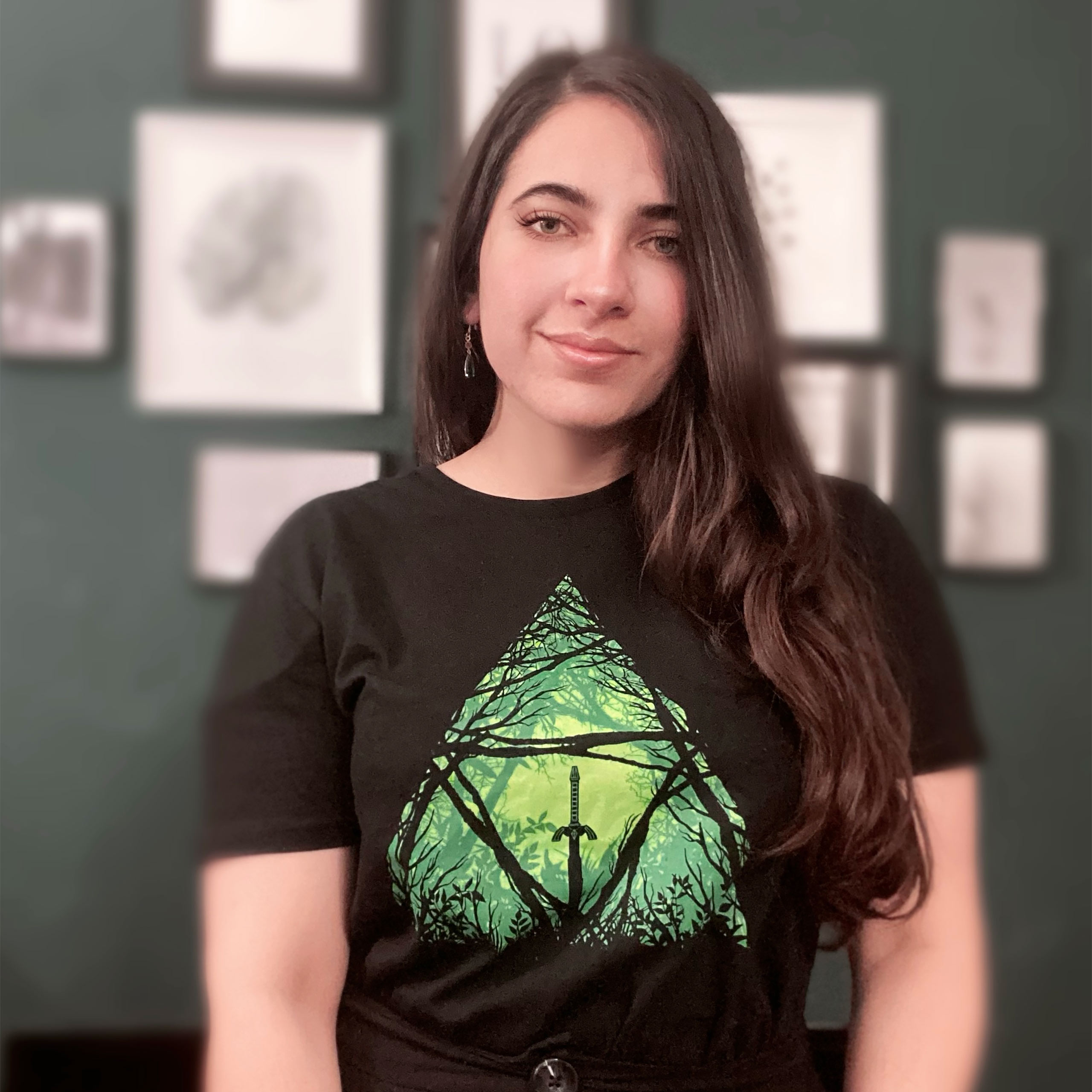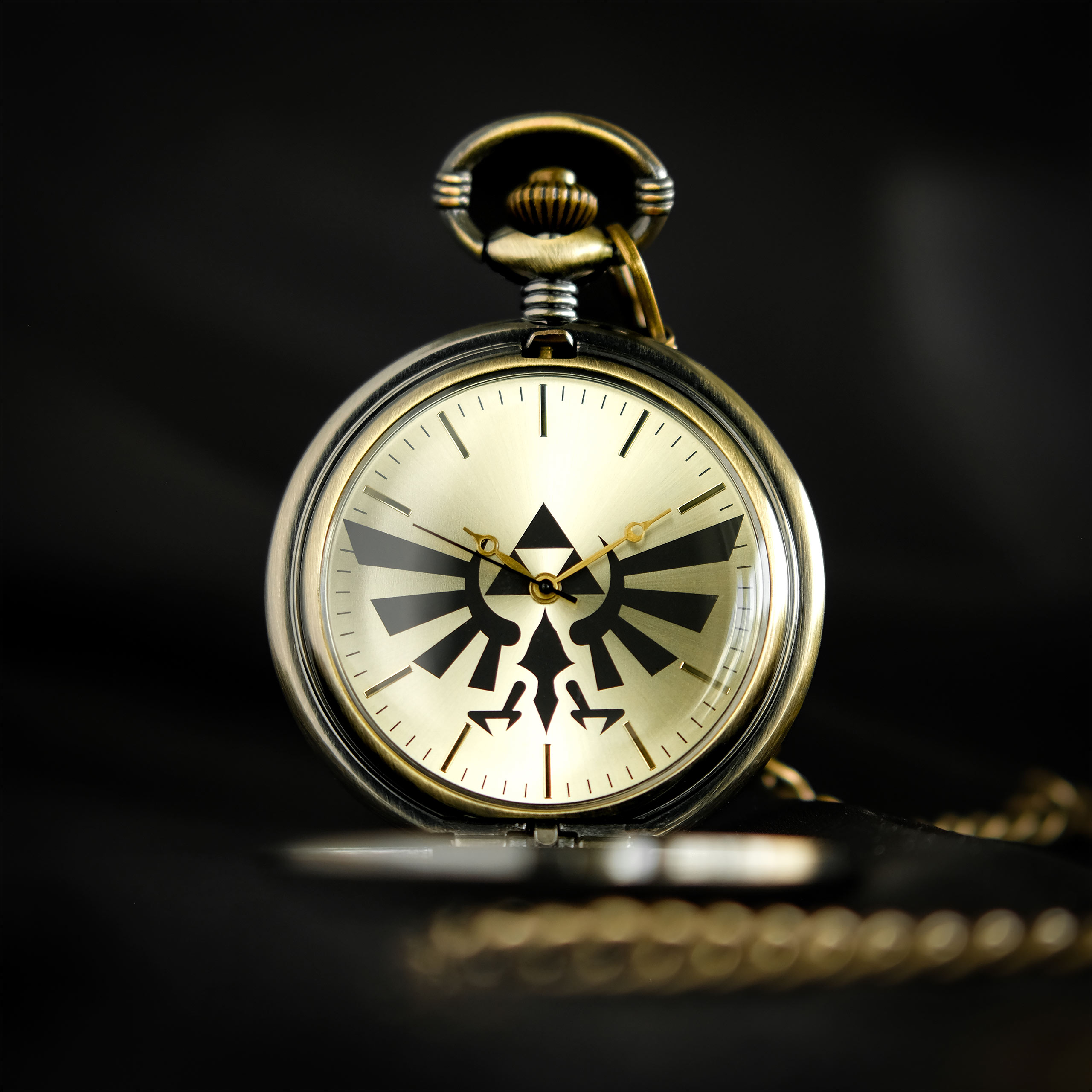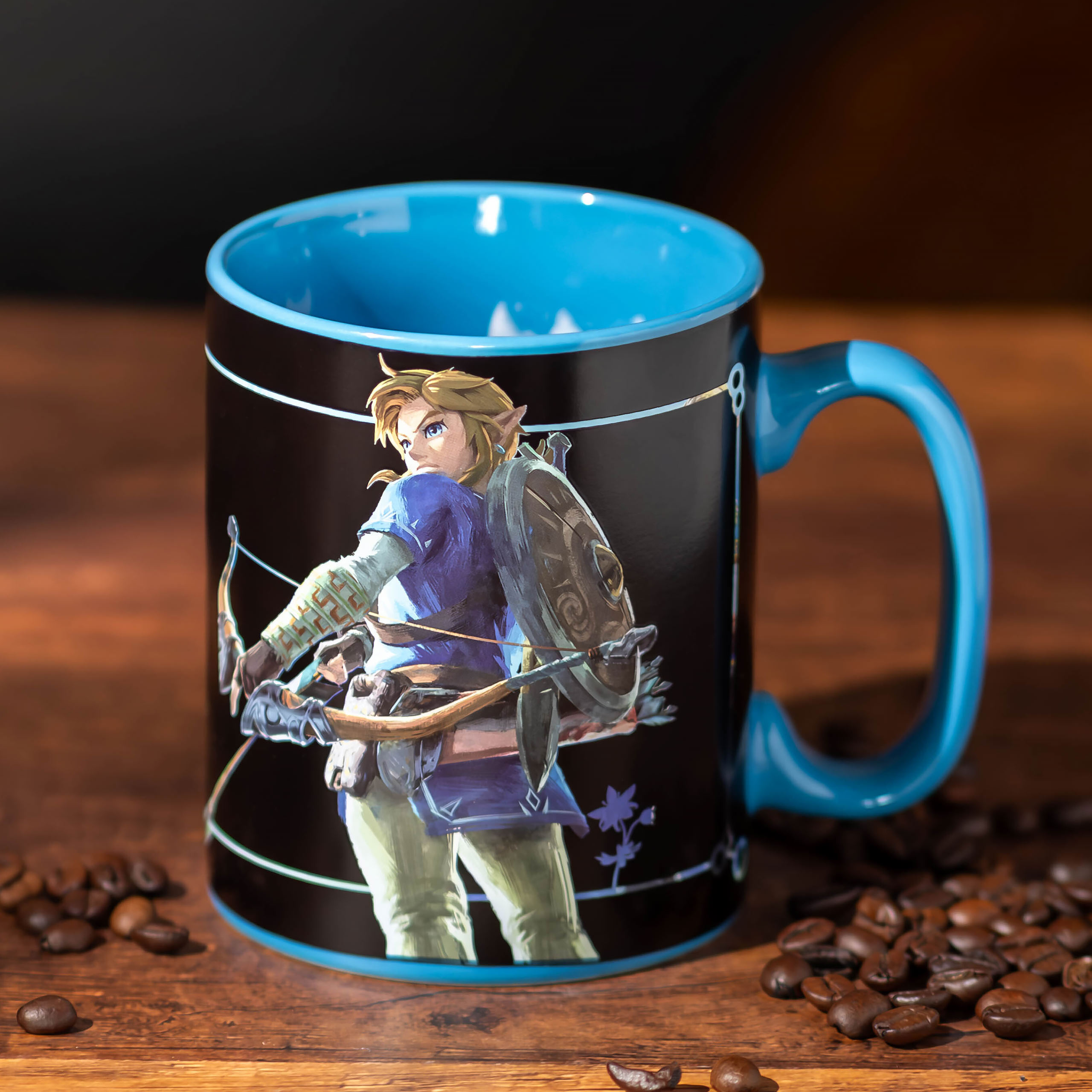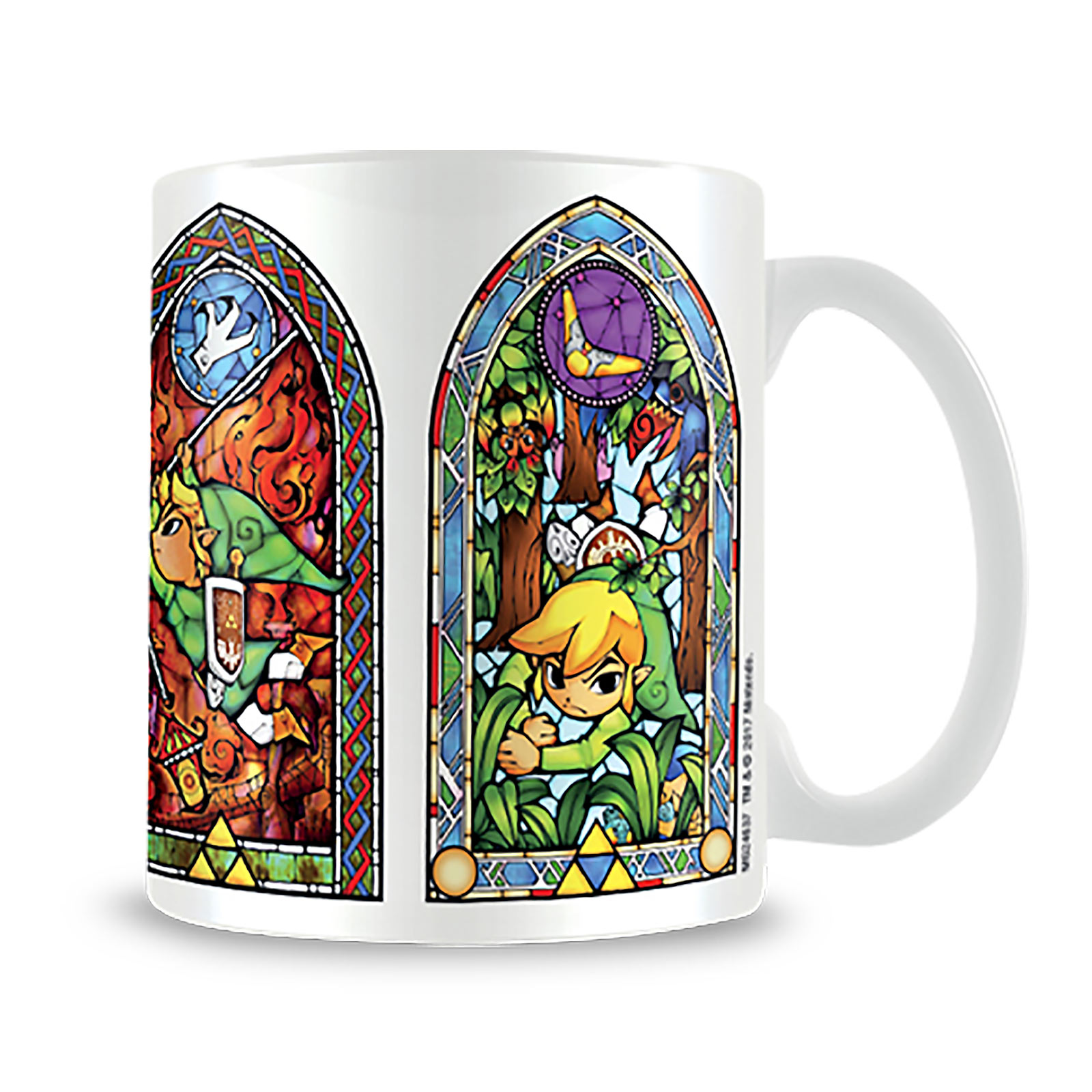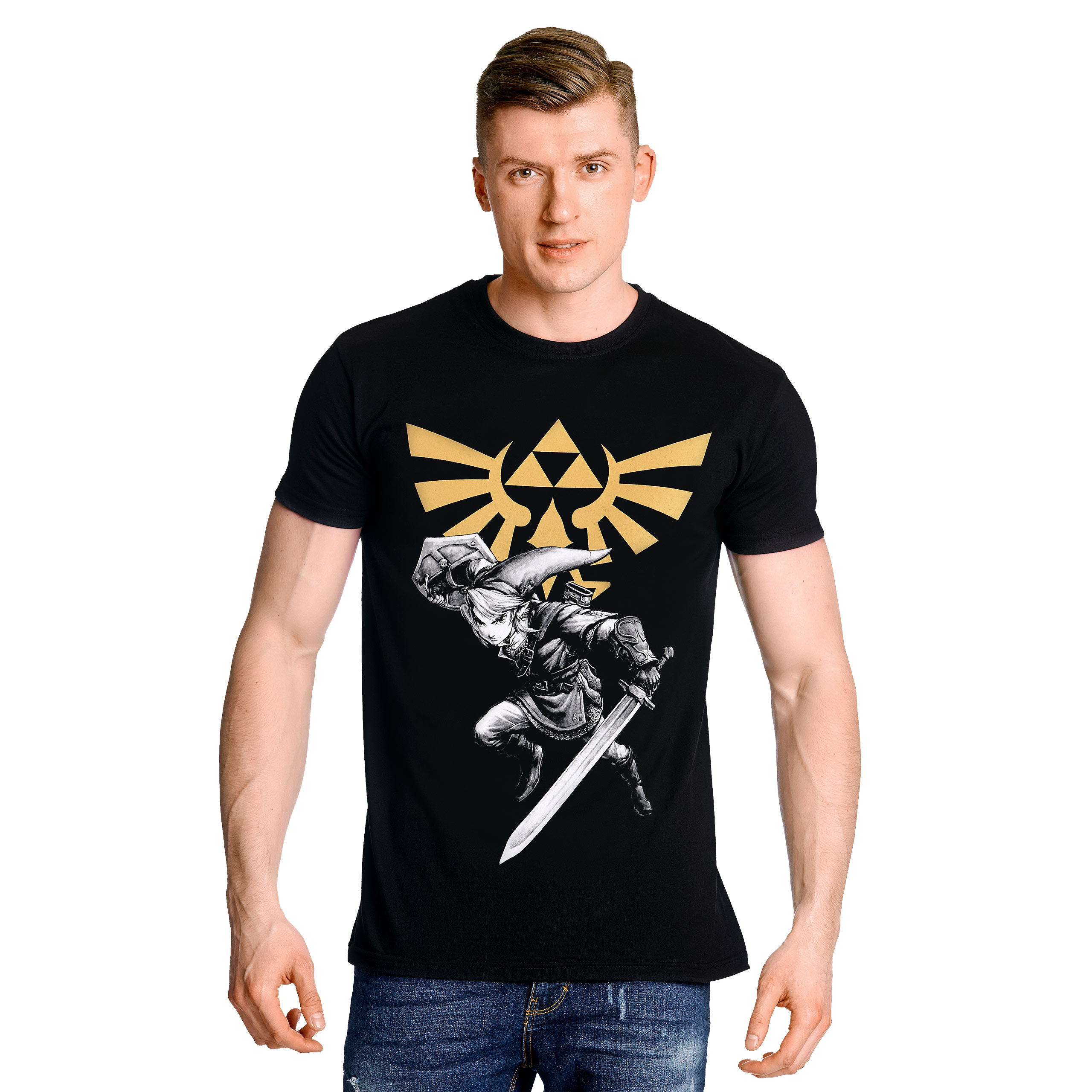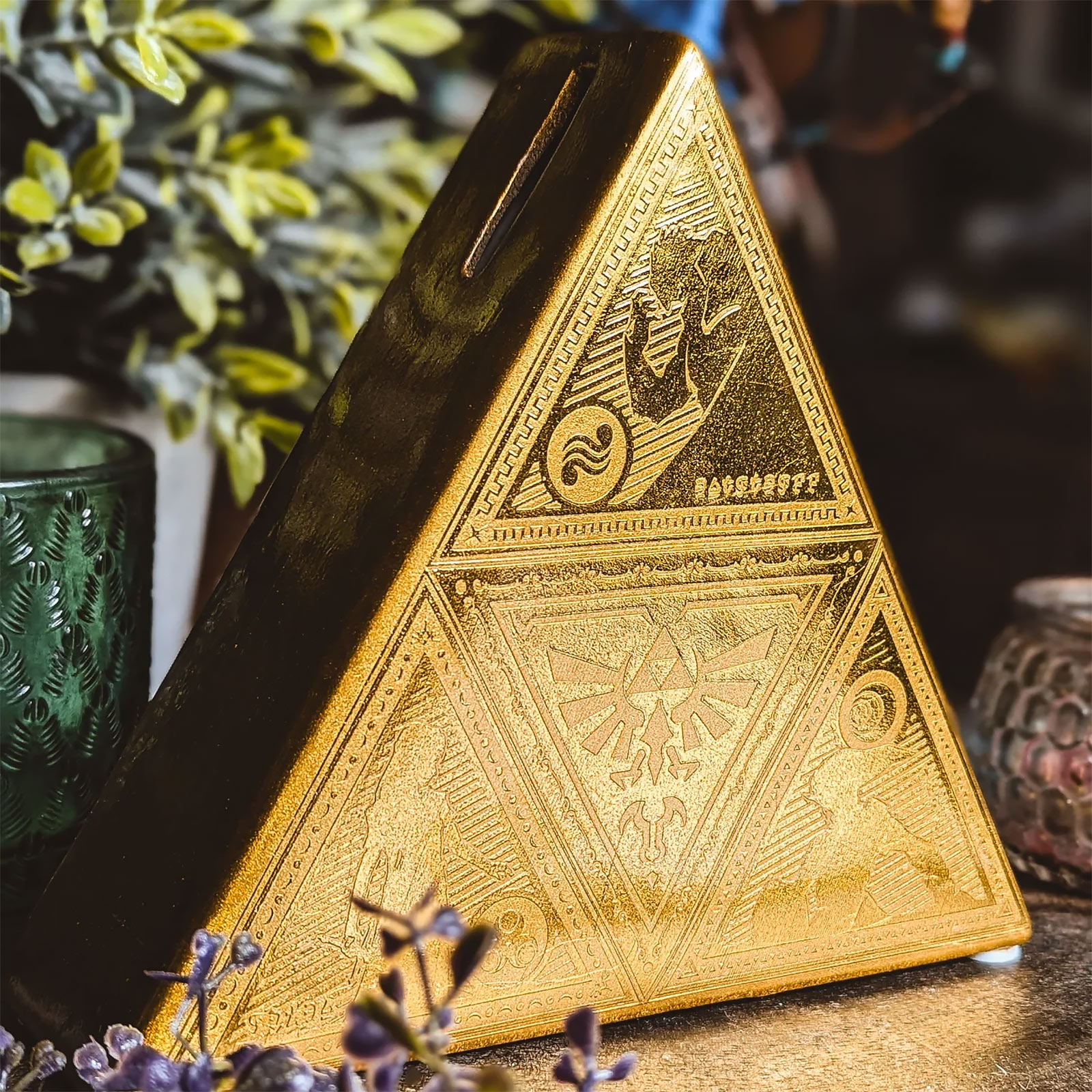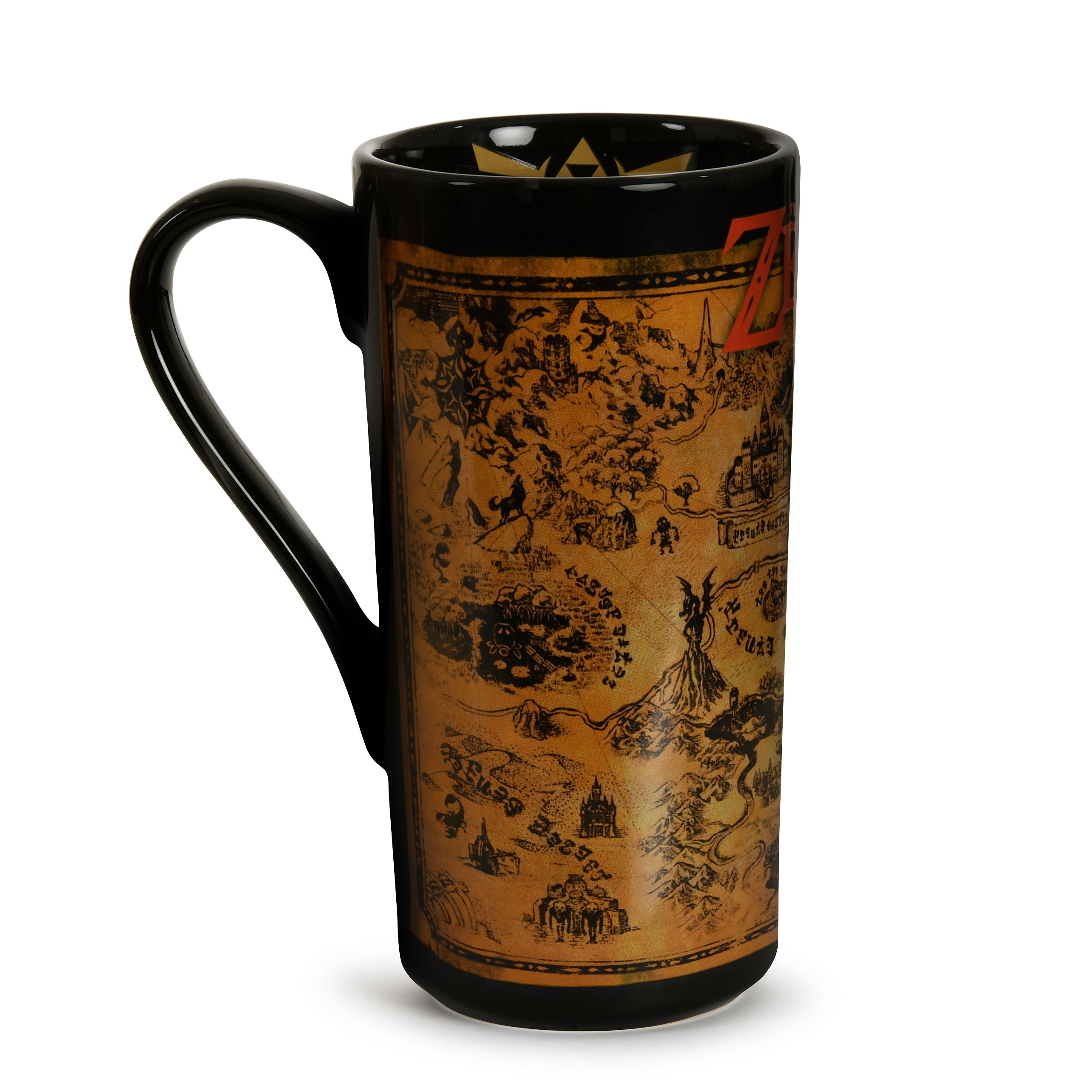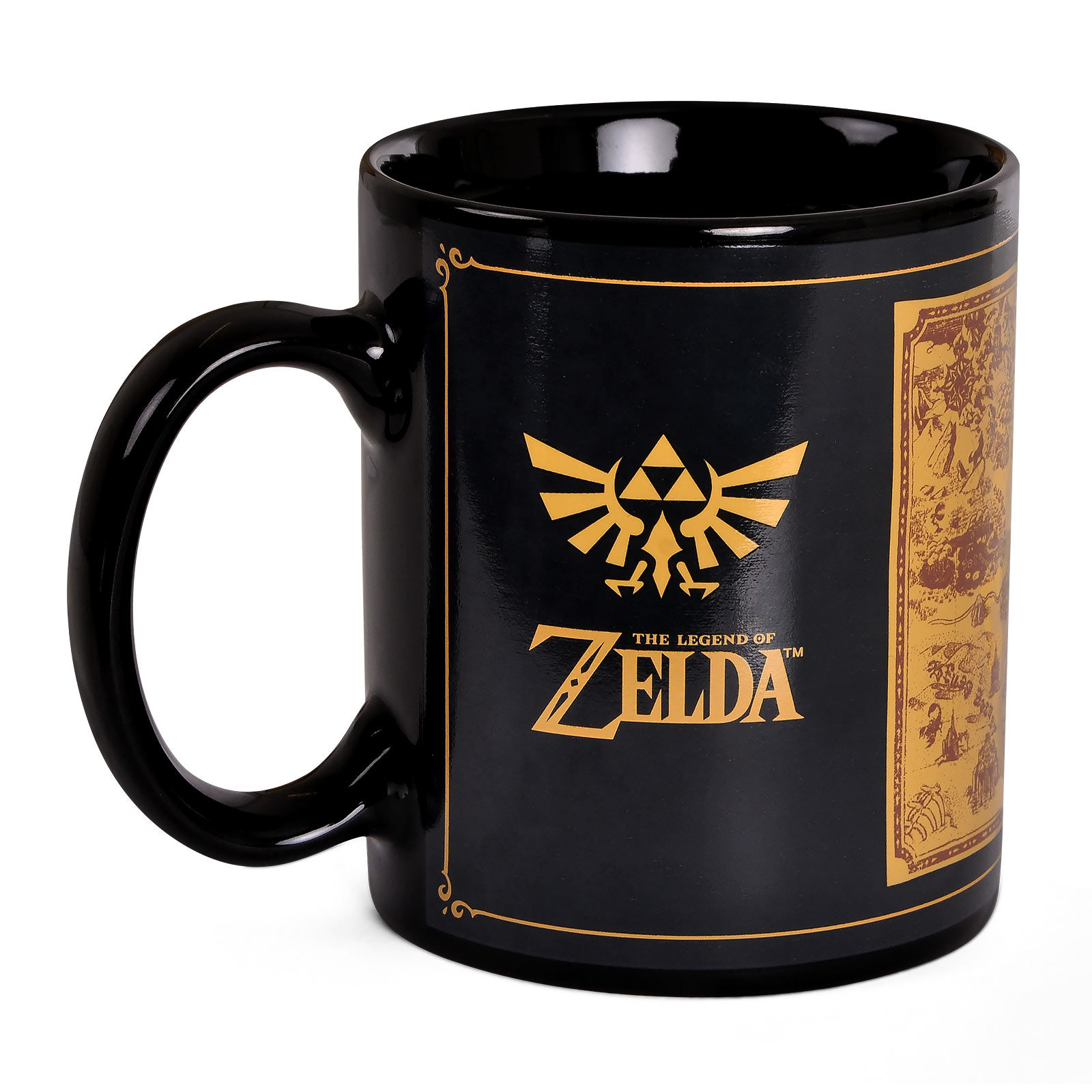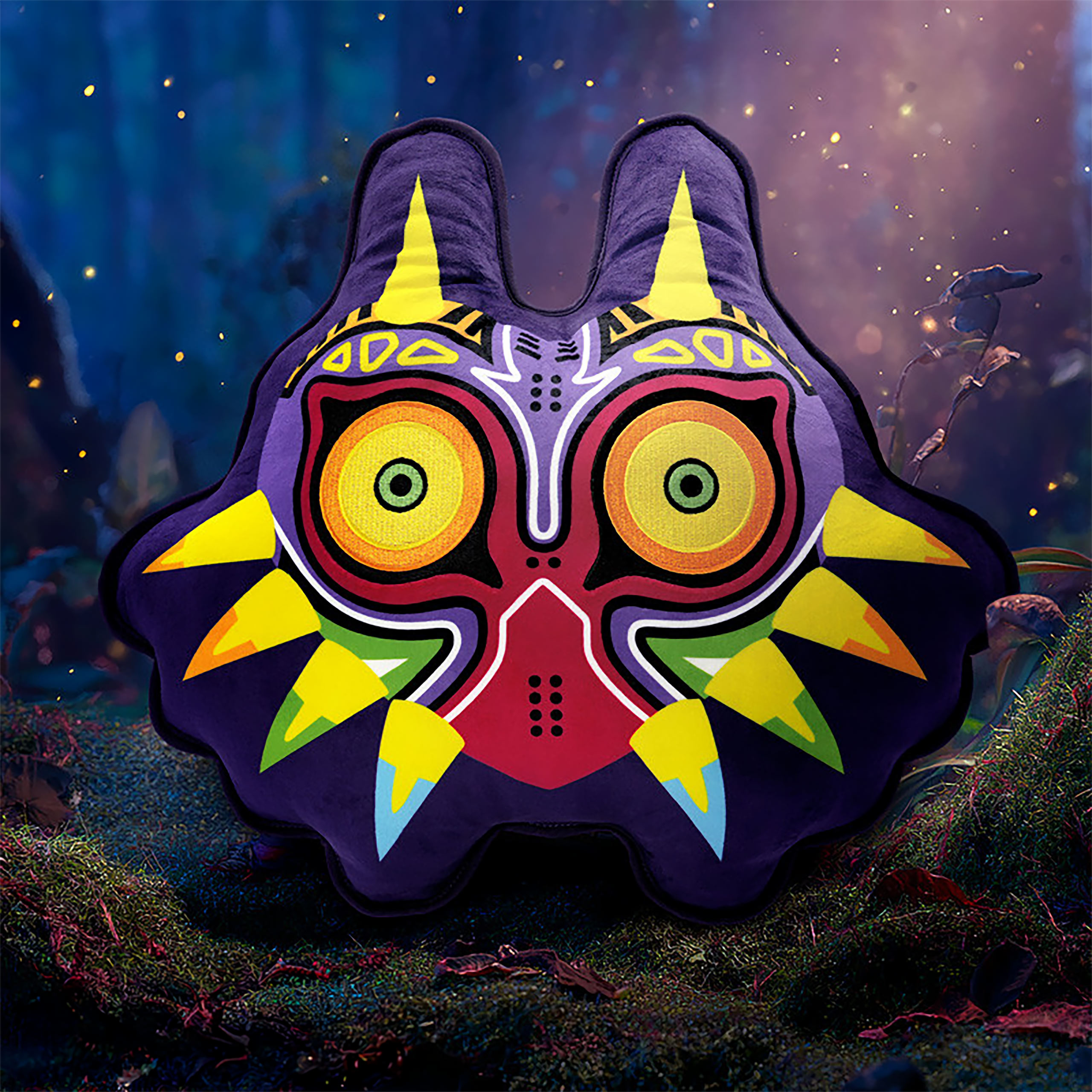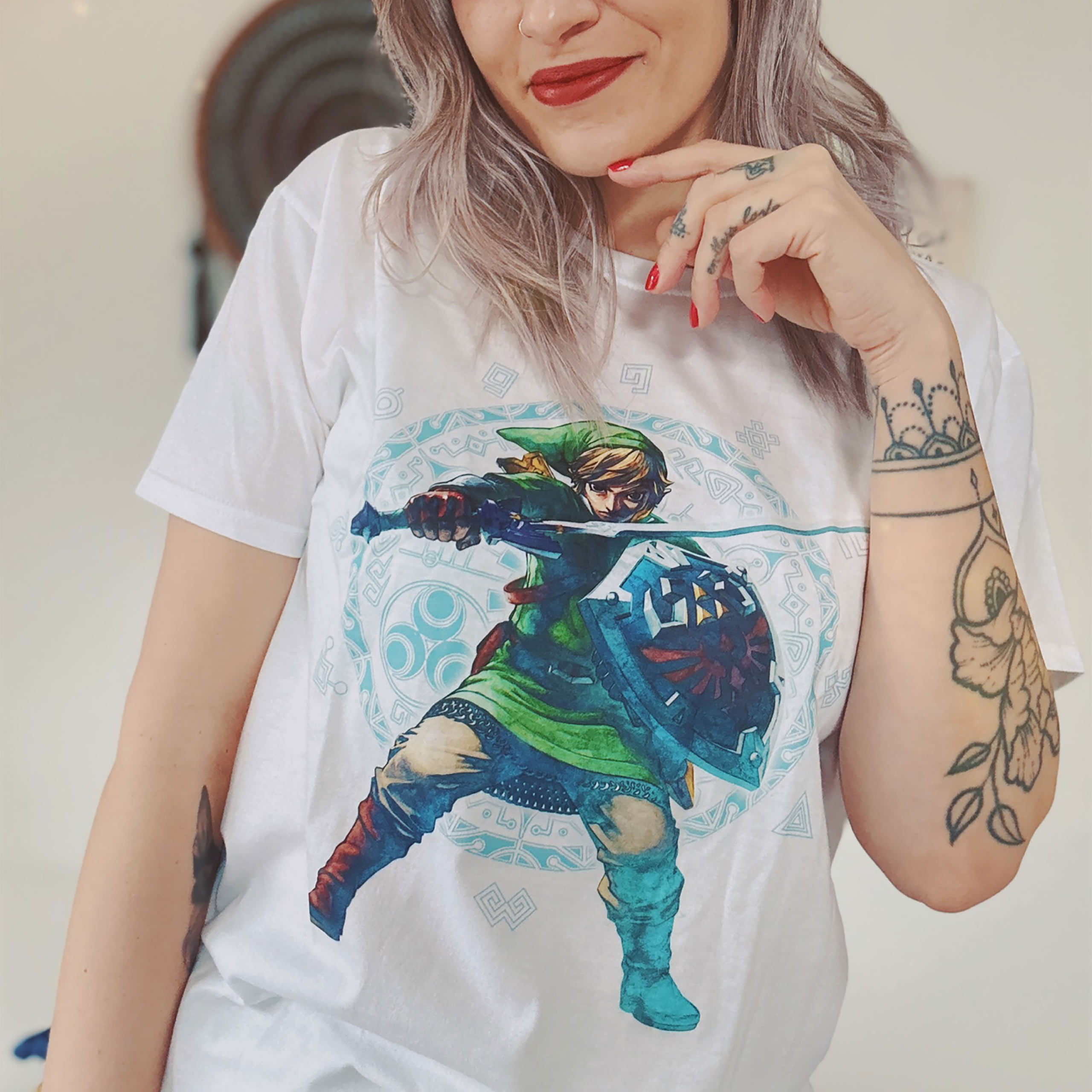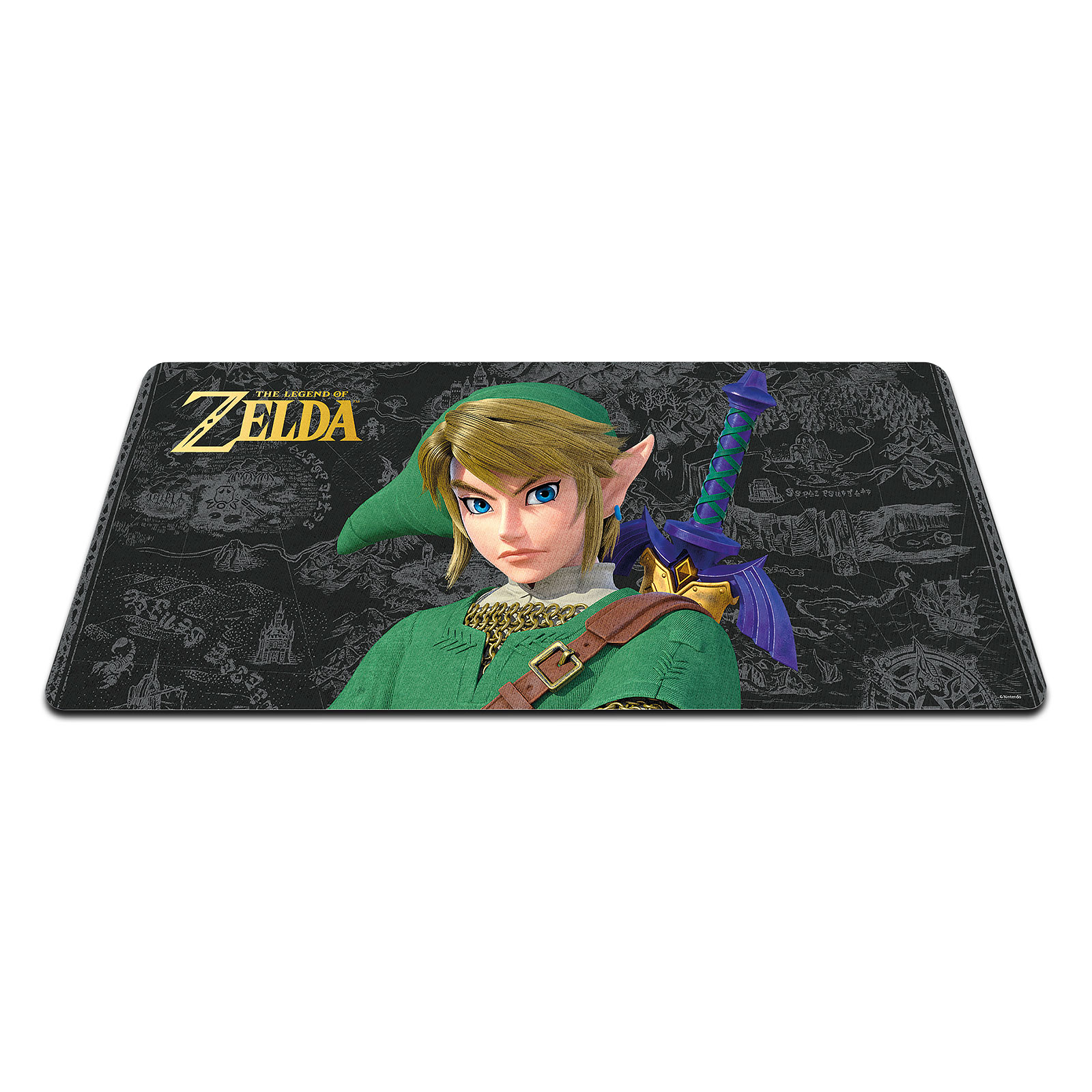Zelda
New Game+ in 1986
Chrono Trigger was the first game to specifically refer to the New Game Plus mode. But it was by no means the first product to offer this kind of mode. Nine years earlier, The Legend of Zelda included the Second Quest, which was unlocked after completing the game (or by entering ZELDA as your player name). Strictly speaking, however, the Second Quest is not a classic NG+ as it involves changing the game world rather than just the difficulty level. A fun fact: this game mode was not part of the original plan and only came about because programmer Takashi Tezuka developed the dungeons in such a way that only half the available memory was used.
The Legend of Zelda: the great counter-project
The Legend of Zelda is one of the most famous and important game franchises of all time. We probably don't have to explain the principle of the game to anyone today. And all 19 parts of the main series always follow the same template: as the hero, Link, you explore the kingdom of Hyrule, encounter lots of enemies, bring them to their knees with different tactics, collect items, solve puzzles and, last but not least, put the chief villain Ganon in his place to save the eponymous Princess Zelda. So far, so familiar.
Nowadays this is no longer cause for raised eyebrows or slack-jawed surprise. But in 1986 (or 1987 in Germany) all these elements were completely new territory! The huge world alone, with its 128 screens, was a revelation because most games of the time were more linear in structure than Call of Duty. Then there were the nine twisting dungeons that you could solve in almost any order. The combat system also offered unusual depth, mainly due to the extensive inventory system: some items support you in battle, others transport you from A to B, and others help you with puzzles. Heck, there was even a NewGame+ mode, although it wasn't called that at the time but went by the name "Second Quest".
The Legend of Zelda was completely different from its contemporaries. So different, in fact, that Nintendo initially doubted whether Shigeru Miyamoto's game would be at all successful. But that didn't stop them from launching the masterpiece in a gold module. That turned out to be an auspicious choice because The Legend of Zelda was successful on many levels! It was the first NES game to sell more than a million copies. Even more importantly, however, it is considered to be the co-founder of modern action adventure and has had a lasting impact on the role-playing genre — and all without any kind of experience point system. How did that happen?
Miyamoto's vision
Shigeru Miyamoto grew up in a family without a television and actually wanted to become a manga artist. Or at least that was until he came across his first arcade game. From that moment on, he preferred to bring his drawings to life in games. At the age of 24, he started work for Nintendo, initially designing the external casing for games but subsequently moving on to creating on-screen characters. His breakthrough as a designer came with the Donkey Kong arcade game (which was originally a Popeye game and would be worth an article in its own right). This is where his most famous creation also made its debut: Super Mario, then known as Jumpman. But Miyamoto wanted more. He wanted his games to offer an overarching goal. Offering freedom to the players. And so he and a team of developers started work on The Legend of Zelda.
By the way, the development of Zelda and Super Mario Bros. took place concurrently, and Miyamoto always tried to keep the two concepts as contrasting as possible. From this perspective, Zelda can be thought of as a kind of counter-project to Mario, which may also explain why Link was unable to jump for many years. But much more important was the general approach: whereas Super Mario hopped through a completely linear world, Link's adventure was designed to be as open as possible.
For this style of play, the game world was crucial. Miyamoto sought inspiration from his childhood in Kyoto, where curiosity led him to explore fields and caves. The aim was for players to explore the 128 screens on their own. During the testing phase, when players were puzzled by this unfamiliar principle, Miyamoto made an important decision. Heads up: if you think of Miyamoto as a nice, accommodating Japanese guy with a constant smile, get ready for a nasty surprise! Because the designer forced the players to fend for themselves! In response to the negative feedback, he made it even harder for them. If Link had originally started with a sword in his hand, Miyamoto promptly removed the weapon. From now on, players had to find the sword first, which was not that difficult, but it doubled and tripled down on the bold concept.
Hardware innovations
A large, open world that you can explore freely. Sounds pretty modern, especially since nowadays it feels like every other game is based on an open world. In 1986, however, this concept brought with it a seemingly intractable problem: how the hell are you supposed to play through such an epic adventure in one go? After all, that was the conventional (and indeed only) approach because home consoles at that time did not allow you to save your game status. Most products got round this problem with a password system that could be used to access certain levels directly. But since The Legend of Zelda was also non-linear, and there was no way to predict when Link would carry which items, a password system was simply unworkable. The answer? Nintendo decided to make Zelda the first game (on a home console) to allow saving! And there were two solutions to help achieve this.
The Japanese version of the NES, better known as the Family Computer or Famicom, included a disk drive add-on with the nice name FDS. This stands for Famicom Disk System, which was a floppy disk drive offering 128 kilobytes of memory, thus allowing the creation of a large game world like Hyrule. It's just a shame that it was never released in the West. Here, Nintendo equipped the game module itself with a memory management controller, more precisely the MMC1 model (in case you wanted to know). This allowed a significant expansion to the very limited memory offered by the NES, with data being stored by the battery-powered RAM. Incidentally, this idea of implementing new possibilities for games through modified modules was something Nintendo would hold on to for many years to come.
Zelda Online
The Legend of Zelda was therefore groundbreaking in many ways. Including the fact that it was one of the first online console games! Well, more or less. Let's start from the beginning: a few years after the release of the Super Nintendo (the successor console), Nintendo brought out a special remake of The Legend of Zelda: BS The Legend of Zelda. Never heard of it? We thought not, in fact it was never released here. BS stands for Broadcast Satellaview, which was a hardware add-on for the SNES that could exchange data via satellite. In principle, BS Zelda played like the original with just a few changes: the overworld and dungeons were modified, and Link could also carry more Rupees (1,000 instead of 255). Actually, it's not Link who carries the Rupees, it's you! Because in BS Zelda, players created their own character that looked very similar to Link but wore a cute baseball cap. Anyway, the most important difference from the original was something else: the time system. BS Zelda was an online game that could only be played at certain times due to satellite technology, more like conventional television. Every week there was a new dungeon, and players had just one hour each to master it. The whole thing was even accompanied by a narrator's voice! Sounds cool in itself, but the idea was not a great success. Even though there was a later BS version of A Link to the Past, the BS system was completely shut down in 1997. But we don't need to worry about that because The Legend of Zelda can claim credit for plenty of other groundbreaking milestones.
